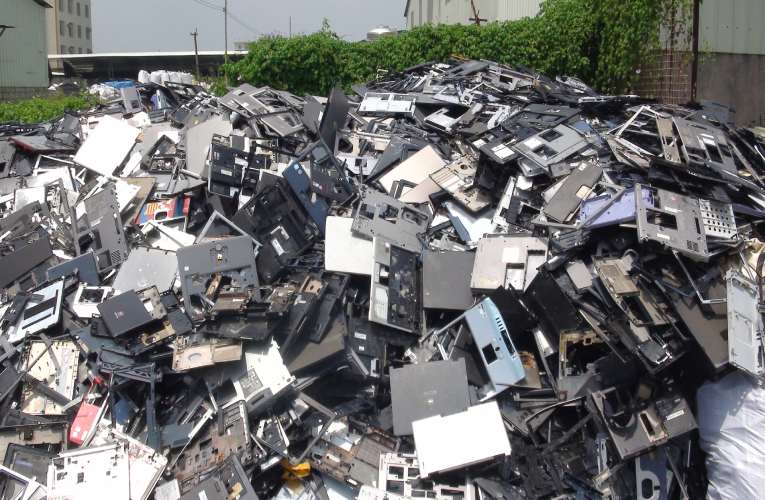
Global E-waste Monitor Report in 2020 has revealed that around 53.6 million tonnes of e-waste has been dumped all over the world in 2019
Technology has turned out to be a very important part of our lives for the past several years and the smart consumer electronic devices have become like our family members. The devices such as smartphones, wearables, virtual assistants, headphones etc. have a certain life. Once they are not usable they go into the e-waste dumpyards and then release toxins in the soil and disturb the ecological balance. A report by the UN on Global E-waste Monitor in 2020 has revealed that around 53.6 million tonnes of e-waste has been dumped all over the world in 2019.
When toasters, washing machines and televisions are taken into consideration, USD 57 billion worth of raw materials is way bigger than the GDP of several countries. The point is only 17.4 percent of these materials are recycled. The rest of them are still scattered in the dumpyards. Now, when speaking of demand, 1.43 billion phones were sold internationally and e-commerce sales augmented globally. This is why e-waste is now one of the fastest growing waste trends. By 2030, it was predicted by the UN that the volume of e-waste would increase to 74.7 million tonnes.
This is why in 2021, the Circular Electronics Partnership (CEP) was formed for uniting international firms, analysts, and business tycoons in designing a solution for a 'circular' electronics industry. Apart from associating with 40 firms, CEP introduced a roadmap that showcased the imperative challenges to sustainability and the way towards circularity. In a media interaction, Carolien Van Brunschot, CEP’s manager said "These 40 barriers are something all companies run into and, because they are all so broad, they need collective action to be overcome. You don’t build a circular economy yourself. It’s a larger system, so you need to collaborate with your industry peers.”
Of late, various campaigns have commenced over the people’s right to repair electronic items rather than just discarding them. Taking note of this, the EU commission has drafted a law on smartphone repair that demands longer battery life, energy efficiency, and the phone must be furnished with at least 15 various components that can be repaired for five years after the phone is launched in the market. It is said that from 2025, repairability labeling will be unveiled so that buyers can look for seamless repair when choosing for the next tablet or phone. The US is also following the same path like the EU and taking this forward, Samsung and Apple have started providing guidelines and repair kits for their products.
Experts believe that a transformation is also required in consumer behavior too. “It’s something that consumers also need to go through. It’s really a global societal mindset of using things for as long as you can. And, if you can’t anymore, then take it apart and see what else you could use it for. It’s about putting value in what you have rather than what you can buy." added Brunschot.

